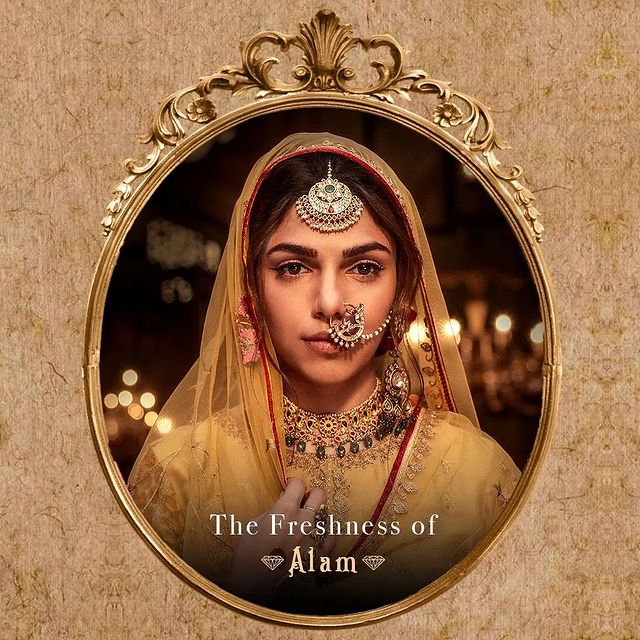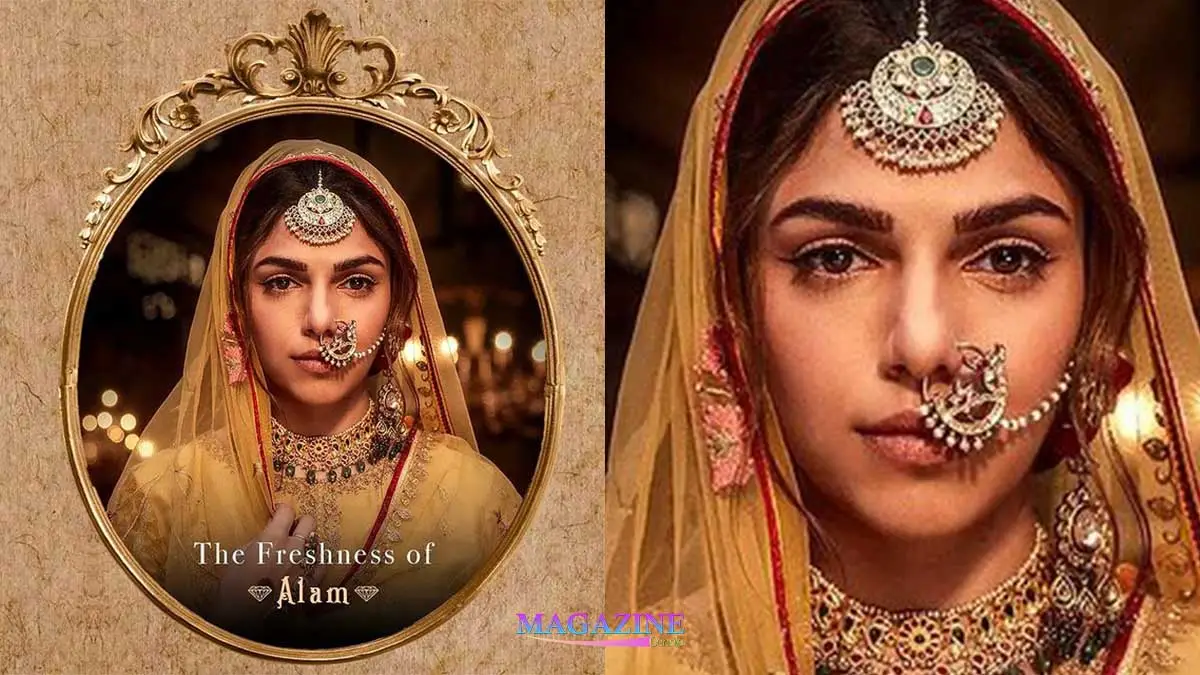Director Sanjay Leela Bhansali is renowned for his majestic and grand cinematic style. He masterfully balances culture, history, tradition, and folktales in his films. His latest series, “Heeramandi,” continues this tradition. The eight-episode Netflix series delves into the lives of courtesans in pre-independence India and their struggle for freedom.
Among the many elements depicted in the series, the age-old Nath Utarai ceremony has particularly captured everyone’s attention, sparking curiosity about its cultural significance. Let’s explore this ritual in detail.
Nath Utarai Ritual:

In the context of “Heeramandi,” Nath Utarai is a ritual marking the loss of a courtesan’s virginity. The series portrays Mallikajaan, played by Manisha Koirala, determined to have her daughter Aalamzeb undergo Nath Utarai. This ceremony is essential for every woman aspiring to become a courtesan, signifying her transition.
However, Nath Utarai is the final step in a series of rituals. Before this, two other ceremonies must take place.
The first ritual is called Angiya. As a girl reaches adolescence and her body starts to change, the Angiya ritual marks the first time she wears a bra. This significant moment is celebrated with dancing and singing by all the courtesans, marking the beginning of her transition into adulthood.
The second ritual is Missi. Unlike today’s preference for white teeth, the earlier ideal was red lips and darkened teeth. During the Missi ritual, a woman’s teeth and gums were darkened with a powder made of iron and copper sulfate. This private ceremony was exclusive to courtesans, conducted by the most senior member. Following the ritual, there would be dancing, singing, and feasting.
Finally, the Nath Utarai ceremony, as depicted in “Heeramandi,” would take place. Historically, the madame of the house (Mahal ki malkin) charged a substantial fee for this ritual. The ceremony involved auctioning the virgin girl to wealthy nobles. The girl, dressed as a bride with a large nose ring symbolizing her virginity, would be awarded to the highest bidder for her first night.
Bhansali’s depiction of these rituals in “Heeramandi” provides a poignant look at the historical and cultural practices surrounding courtesans in pre-independence India.




